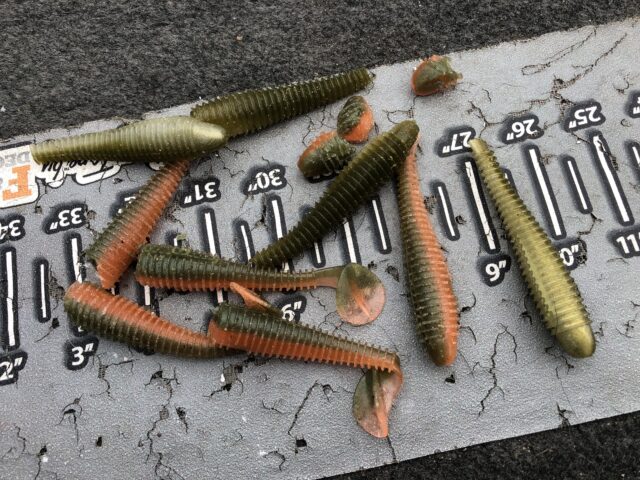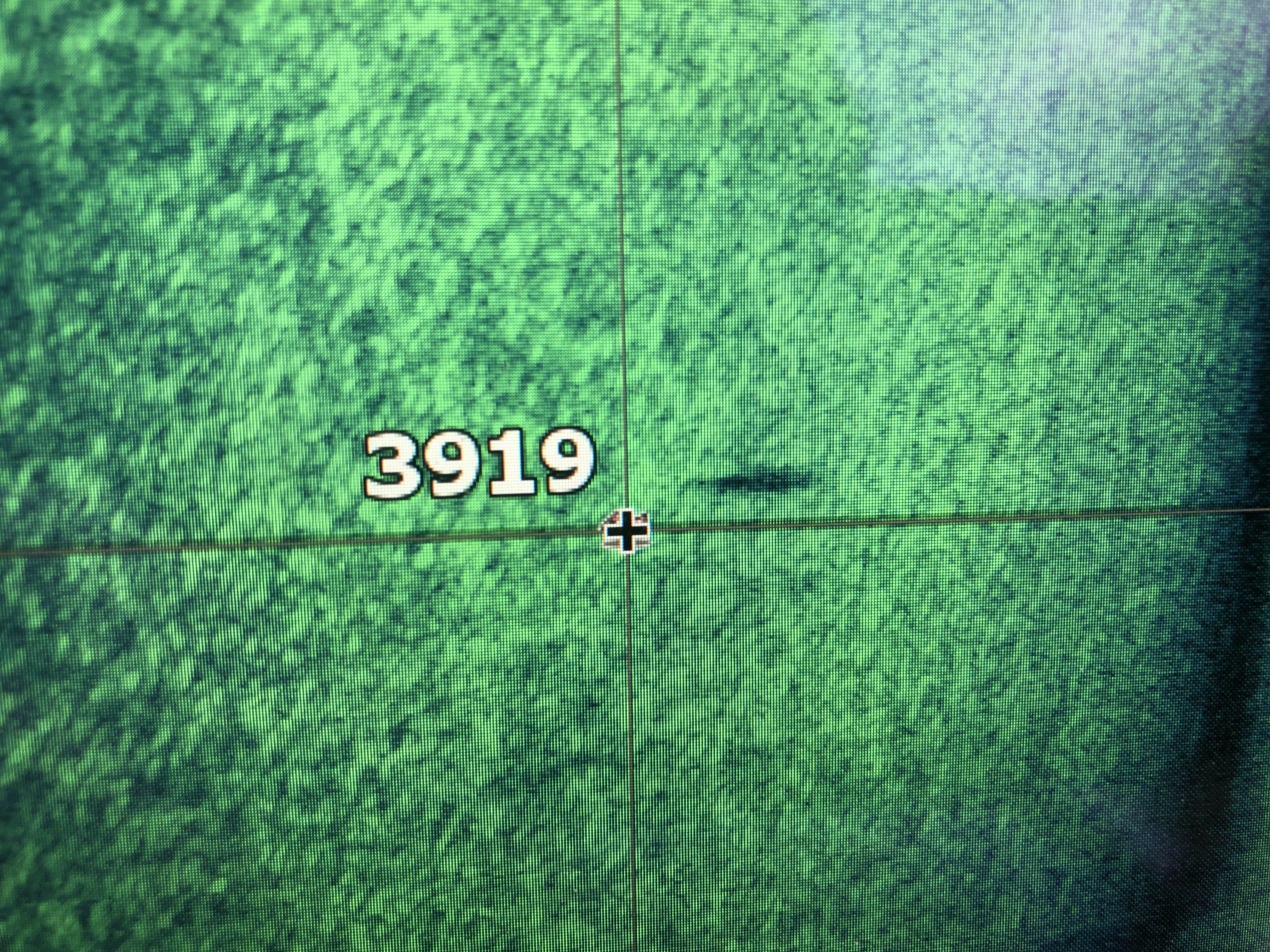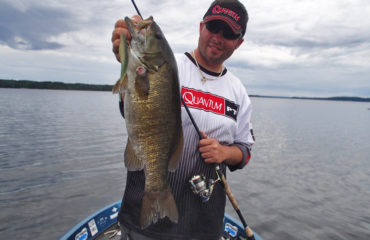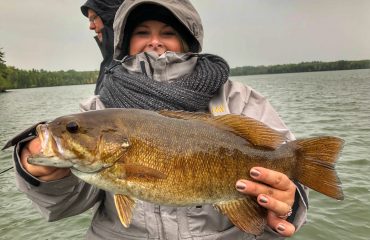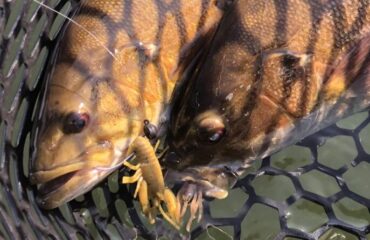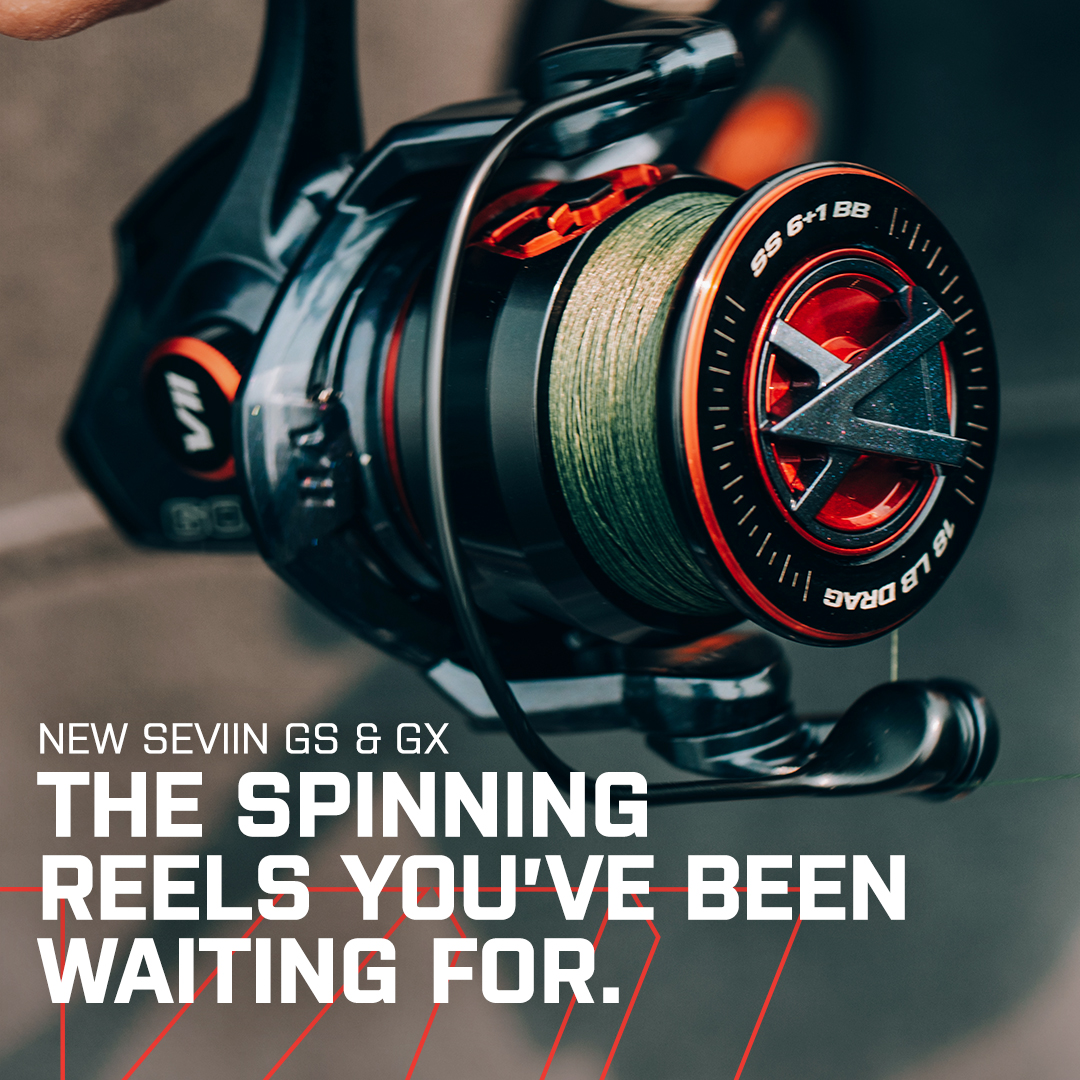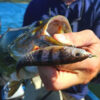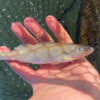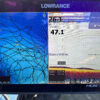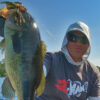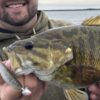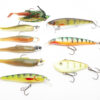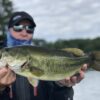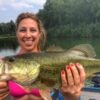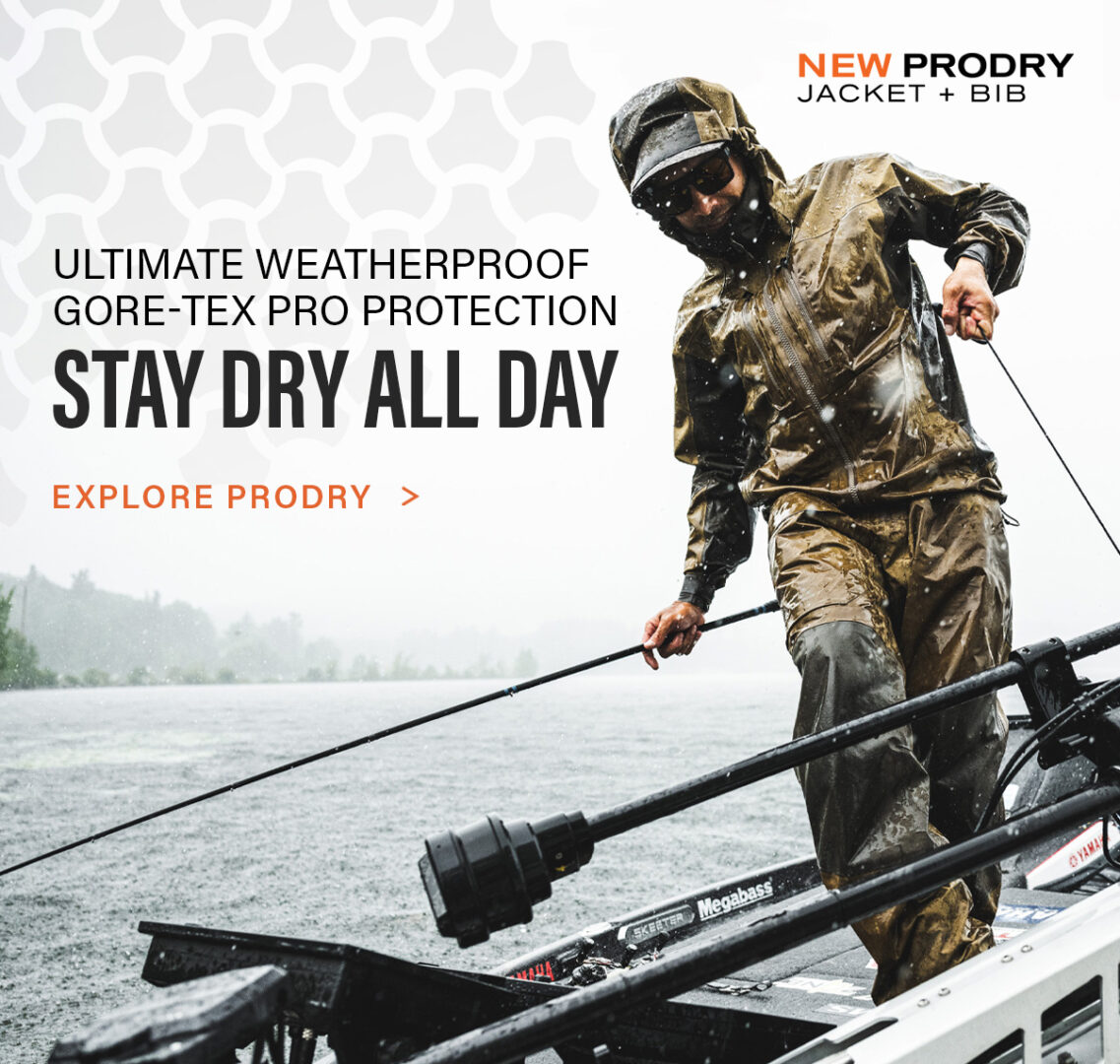Why You Need to Fish Flats in Early Fall
Beginning in early September, we drift shallow flats and beach shorelines. While most boats are still positioned around deep weedlines and offshore structure, we concentrate on the sand flats and inside weedlines of shorelines. The fishing improves with each passing day, and gets really good by late month. We zig and zag with the wind, in controlled drifts, covering the entire area in grid pattern.
After picking apart these areas, what I ultimately want to see on my Lowrance HDS-12 units are a mess of tracks and trails we’ve run through the area and each section of the flat. This etch-a-sketch artwork is proof of good fishing.
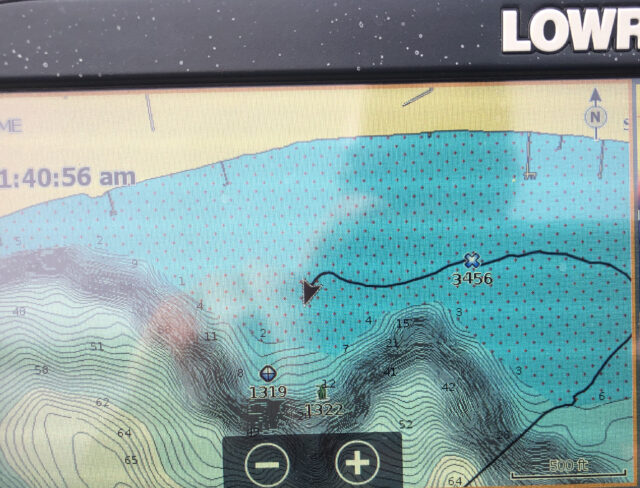
On many large northwoods lakes, sand flats can be the size of football fields. On the largest lakes, they can be much larger, several acres in size. Smallmouth and perch attracted to them are always mobile and never stationary. Therefore it’s important to break-down these huge flats into smaller sections (grids). Navionics Hot Maps Platinum is essential and relied on for following or revisiting tracks and waypoints from previous drifts, and gives us the guidance where to fish next. When one productive drift gets completed we can either drift across new sections and grids of the flat we haven’t yet covered, or we can revisit the same trail again to re-drift if the smallmouth we ran into haven’t conditioned. When re-drifting and making the next pass, don’t blow through the area with the big motor as it will spook fish and send them scattering across the flat.
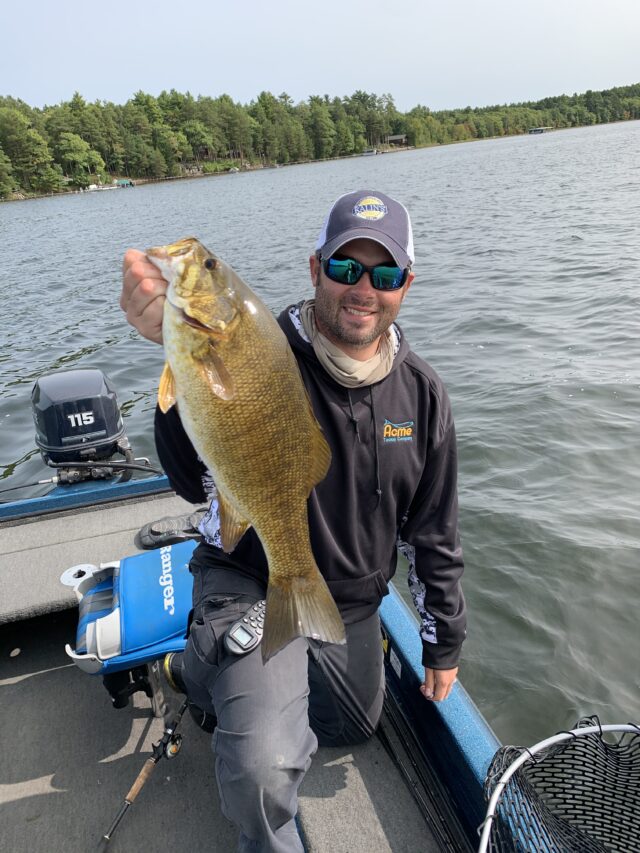 Time management serves no purpose here. On the best fishing days and conditions, we can easily focus on these huge flats for the entire trip, especially if wolf packs of smallmouth are prevalent and scattered in every which direction. On our September guide trips to a handful of lakes, we easily average 30 to 40 fish afternoons, with several 3 to 5 pound specimens, while solely drifting through these areas for several hours.
Time management serves no purpose here. On the best fishing days and conditions, we can easily focus on these huge flats for the entire trip, especially if wolf packs of smallmouth are prevalent and scattered in every which direction. On our September guide trips to a handful of lakes, we easily average 30 to 40 fish afternoons, with several 3 to 5 pound specimens, while solely drifting through these areas for several hours.
Bass anglers may think that side-imaging is a useful tool when drifting September sand, but it’s only secondary to navigational charts and tracks. It is an important feature when pulling up to the area to identify bottom and confirm presence of perch schools that could be 80-120 feet away from the boat. Keep in mind that anytime when drifting through depths as shallow as 5 ft. or less, it’s difficult to see most young-of-year baitfish on side imaging unless schools are thick and heavy, but it is advantageous for seeing where the patches of grass, troughs, and other bottom-growing plant life is in proximity to the boat’s position. Those grass patches will be attracting the perch, and are major casting targets.
When casting these expansive flats, playing the wind is an advantage but not always necessary. Wind blown beaches and areas of the lake can hold the most active smallmouth, but won’t always guarantee perch schools. Perch presence along with cloud cover to help create lower light conditions and disrupt the clear and skinny waters is best. When a few dozen young of the years charge to boat side at the end of each cast with a jig and paddletail, that’s the best indicator of a great lake region you shouldn’t have to leave anytime soon.
Drift during peak times and periods for best big smallmouth opportunities. By late September, midday hours and afternoons are prioritized due to predictable feeding windows and water temperature peaks. A good moon phase can help too, and spur underwater activity and feeding windows. A steady north and westerly breeze from 4 to 8 mph can create perfect drifts and jumpstart feeding windows, but too much wind that rocks the boat, pounding into shorelines, disrupting and dirtying the shallows, disengages and displaces both smallmouth and perch schools.
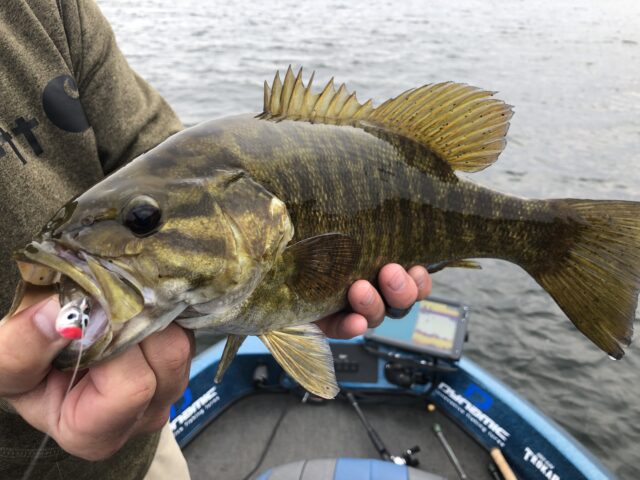
Horizontal Presentations
Lure choices are easy to make. Swimmers and search lures encompassing swimbaits, paddletails, lipless crankbaits, spinnerbaits, and suspended jerk baits take majority of our catches. Keep moving with these search lures until you run into fish. Always drift and position the boat a good distance away from the target region. Often, multiple y.o.y. perch will be the first to follow-in your baits. Once their presence is confirmed, spend some extra time in that vicinity. Smallmouths won’t be too far behind. Strikes will happen at any moment.
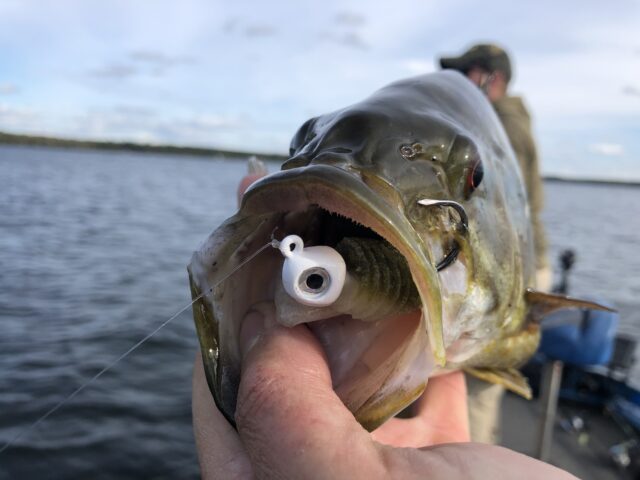
Fishing big sand flats is all about efficiency, getting paddletails to wiggle and swim lively during medium to steady retrieve, and the anglers who can make the most casts in every direction surrounding the boat.
In recent years, no other segment of fishing lures and bait styles have grown exponentially and diversely as paddletails and swimbaits. Many brands feature different designs and variations, models, colorways, and styles. For September sand, yellow perch and natural minnow patterns are favored.
